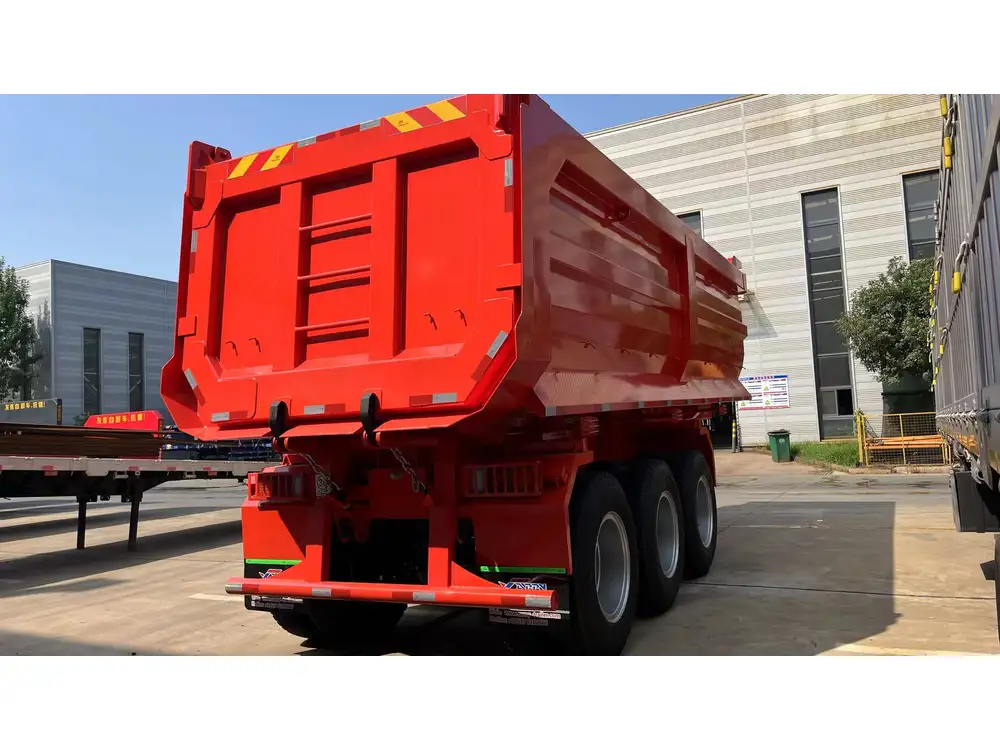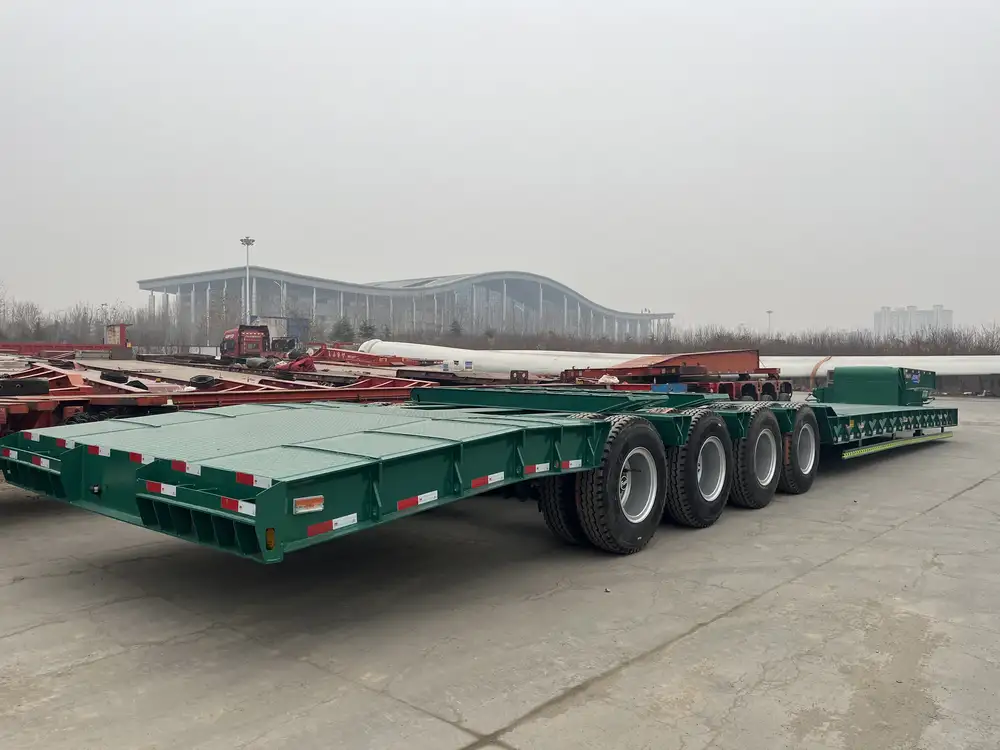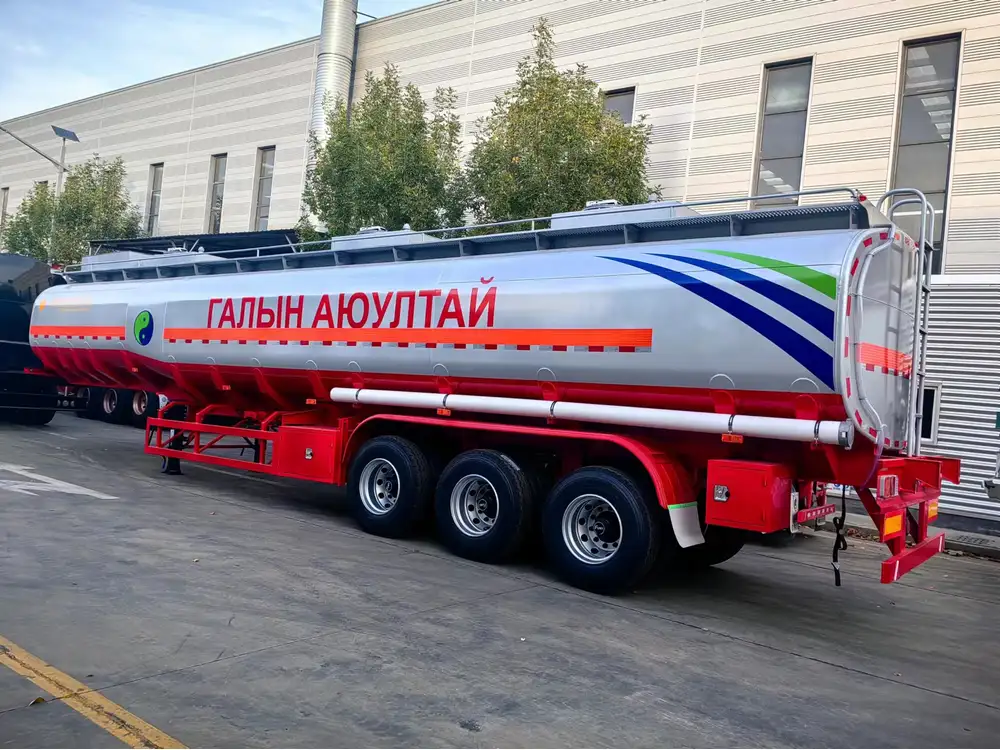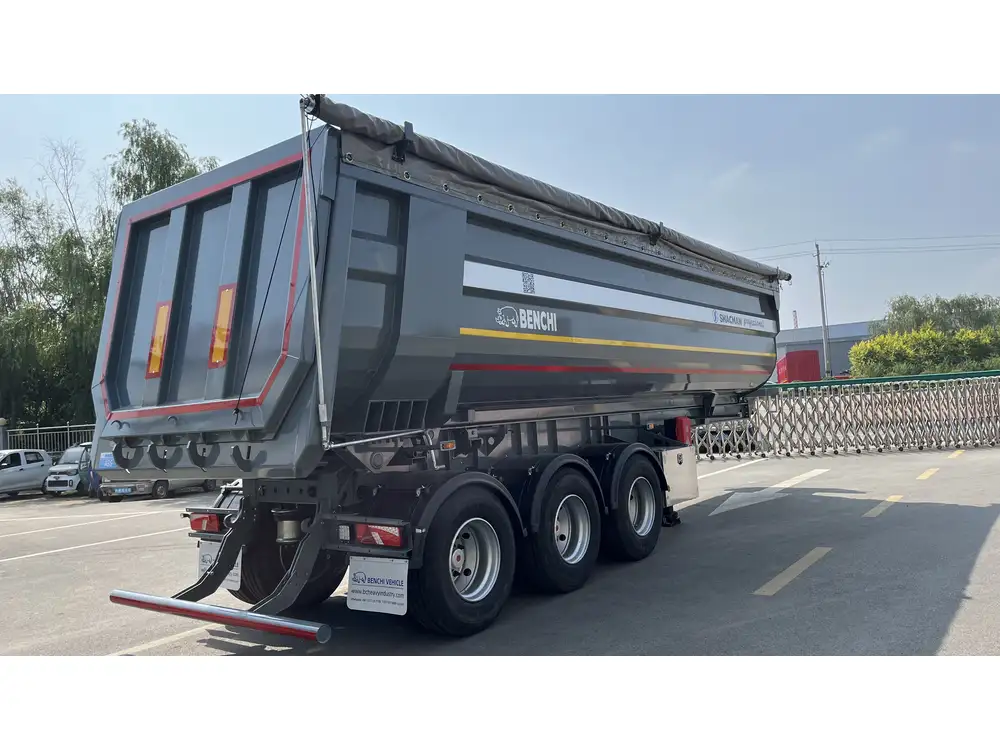Introduction
In the intricate world of logistics and transportation, the semi-truck trailer holds paramount importance. The ability to understand the volume of a semi-truck trailer is crucial not just for manufacturers, but also for businesses seeking to optimize their transportation methodologies. This article delves deeply into calculating the volume of various types of semi-truck trailers, highlighting everything from dimensions to practical applications in the industry.
What Is a Semi-Truck Trailer?
A semi-truck trailer is a non-motorized vehicle designed to be towed by a truck or a tractor. These trailers are pivotal in the freight transport industry, providing the necessary capacity for moving goods across extensive distances. A semi-truck is typically composed of two main components: the tractor unit (the vehicle that provides the motive power) and the trailer (the container that holds freight).

Types of Semi Truck Trailers
Understanding the different types of semi-truck trailers can help in the evaluation of volume:
| Trailer Type | Description | Common Uses |
|---|---|---|
| Flatbed Trailers | Open trailers without sides or a roof. | Construction materials, machinery |
| Dry Van Trailers | Enclosed trailers designed for protecting cargo from the elements. | General freight, retail goods |
| Reefer Trailers | Refrigerated trailers used for transporting perishable goods. | Food items, pharmaceuticals |
| Tank Trailers | Designed to carry liquids. | Fuel, chemicals, food-grade liquids |
| Bulk Trailers | Used for transporting bulk materials. | Cement, grains, sand |
Calculating the Volume of a Semi Truck Trailer
To grasp the volume of a semi-truck trailer, we must first understand how volume is defined. In simplest terms, volume is the amount of three-dimensional space an object occupies.
Formula for Volume Calculation
For standard trailers, the volume can be calculated using the formula: [ \text{Volume} = \text{Length} \times \text{Width} \times \text{Height} ]

Key Considerations
Dimensions Matter: Obtain the internal dimensions of the trailer, as these determine the usable volume.
Conversion Units: Ensure all measurements are in the same unit (feet or meters) before calculating.
Variations in Design: Different trailers have varied internal configurations that can affect total volume.
Example Calculation
Assume we have a typical dry van trailer with the following dimensions:
- Length: 53 feet
- Width: 8.5 feet
- Height: 8 feet
Using the volume formula: [ \text{Volume} = 53 \, \text{ft} \times 8.5 \, \text{ft} \times 8 \, \text{ft} = 3,596 \, \text{cubic feet} ] This calculation reveals that the trailer has a substantial capacity for cargo.
Practical Applications of Trailer Volume Understanding
Understanding the volume of a semi-truck trailer is of utmost importance for various stakeholders:

For Freight Companies
Optimize Loads: Knowing the precise volume helps in planning the most efficient load distributions to maximize space without exceeding weight limits.
Cost Efficiency: By utilizing trailers to their full volume potential, companies can reduce costs associated with transportation by minimizing the number of trips needed.
Fleet Management: Maintaining records of trailer volumes supports strategic decisions regarding fleet composition and utilization.
For Shippers
Freight Size Planning: Shippers can accurately determine how many units of cargo will fit into a trailer, aiding in inventory management and supply chain efficiency.
Negotiation Power: Having accurate volume information provides shippers with data for more effective negotiations with freight carriers.
Regulatory Compliance and Volume Constraints

Weight and Volume Regulations
While understanding volume is essential, it’s equally important to navigate the regulations that govern trucking operations. The Federal Motor Carrier Safety Administration (FMCSA) lays down specific guidelines concerning weight limits, which directly correlate with volume. Overloading a trailer can not only be dangerous but can also incur hefty fines.
Dimensional Limits
Table: Common Dimensional Limits in the U.S.
| Trailer Type | Maximum Length | Maximum Width | Maximum Height |
|---|---|---|---|
| Standard Semitrailer | 53 feet | 8.5 feet | 13.5 feet |
| Flatbed | 48 feet | 8.5 feet | 13.5 feet |
| Lowboy | 29.6 feet | 8.5 feet | 13.5 feet |
These limitations impact how much cargo can be effectively loaded, emphasizing the need for shippers to understand volume limitations fully.

Innovations in Trailer Design
The trucking industry has witnessed an evolution in trailer designs aimed at maximizing volume while adhering to legal constraints. Emerging technologies and materials are redefining capacities:
Aerodynamic Shapes: Enhanced trailer designs reduce drag, allowing carriers to haul greater volumes more efficiently.
Extendable Trailers: Some trailers are designed to extend in length, providing versatility for varying cargo sizes.
Composite Materials: The use of advanced materials reduces trailer weight, allowing for a higher payload.
Future Trends in Semi Truck Trailers
As the logistics industry evolves, so too does the design and function of semi-truck trailers. Anticipated trends include:
Electrification and Alternative Fuels
With the push towards sustainability, the advent of electric trucks and alternative fuel sources will probably change trailer designs, focusing on lightweight and efficient shapes to maximize range and payload.

Automation
The future of trucking involves increased automation, including self-driving technology. Efficient cargo planning systems may integrate volume calculations automatically, optimizing load configurations in real-time.
3D Printing and Customization
The rise of 3D printing technology could lead to customized trailers designed specifically for unique cargo types; this innovation will further enhance efficiency in volume utilization.
Conclusion
Understanding the volume of a semi-truck trailer is a vital aspect of successful logistics and transportation management. Whether you’re a manufacturer, a freight company, or a shipper, knowing how to effectively calculate and utilize trailer volume can lead to substantial operational efficiencies and cost reductions. As the industry continues to evolve—with technological advancements shaping the future of trailer design—staying informed in this domain is imperative for navigating the complex and burgeoning landscape of freight transportation.
Valuable insights into trailer volume not only enhance operational efficiency but also foster a competitive edge in the ever-demanding logistics sector. Embrace these knowledge nuances to streamline your transportation solutions and enhance your supply chain strategy effectively.



